There is some simple math involved. Consider that a 4" dia log is about right as the foundation log for firewood. The idea is to get as many 4" dia logs as you can from a tree. That means that most of the tree has to be split. Logs below 4" dia. are still good, but as you drop to 2" dia. or less, you suddenly have tinder and kindling.
Eventually you run out of branches that approximate 4" dia. So, you move on to the big stuff. Take a look at this list:
4" dia. round yields 1 log unsplit
8" dia. round yields 4 logs when split
16" dia. round yields 16 logs when split
32" dia. round yields 64 logs when split
Look at the huge jump in yield between 16" dia. and 32" dia. That's because as you double the diameter of the round, you quadruple the number of logs that it yields. My all-time record is 50 logs that I obtained from a log that was about 29" dia. Anything larger I have to noodle in half with the chainsaw to move around under the splitter.
It's a simple principle, but I wonder how many of us have figured it out like this. WDYT? :greenchainsaw:
Eventually you run out of branches that approximate 4" dia. So, you move on to the big stuff. Take a look at this list:
4" dia. round yields 1 log unsplit
8" dia. round yields 4 logs when split
16" dia. round yields 16 logs when split
32" dia. round yields 64 logs when split
Look at the huge jump in yield between 16" dia. and 32" dia. That's because as you double the diameter of the round, you quadruple the number of logs that it yields. My all-time record is 50 logs that I obtained from a log that was about 29" dia. Anything larger I have to noodle in half with the chainsaw to move around under the splitter.
It's a simple principle, but I wonder how many of us have figured it out like this. WDYT? :greenchainsaw:





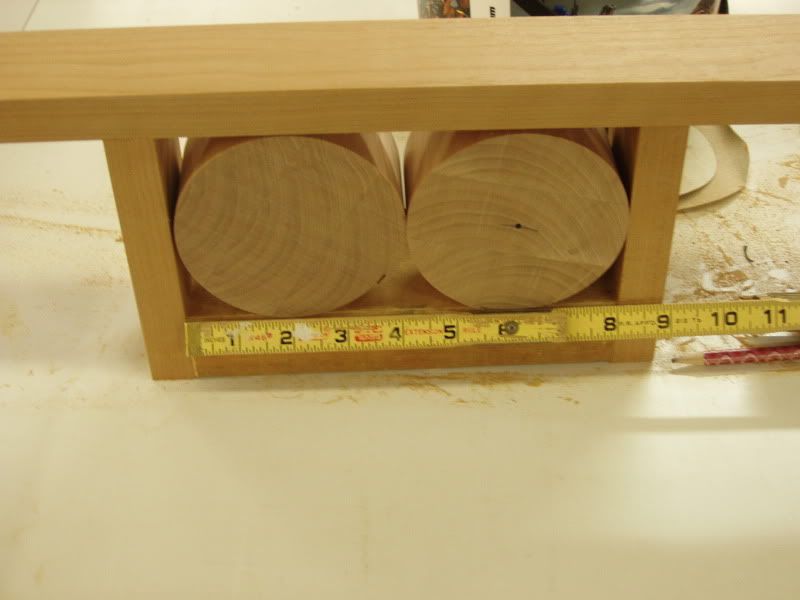
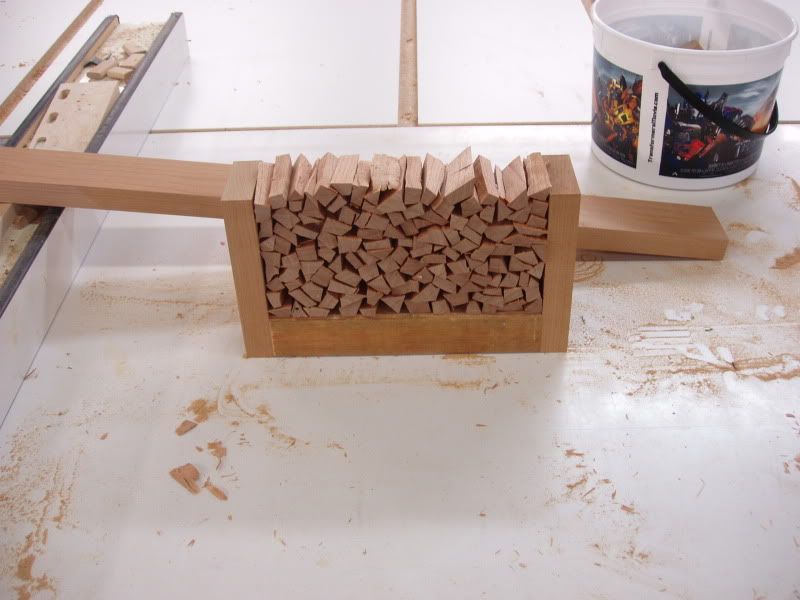
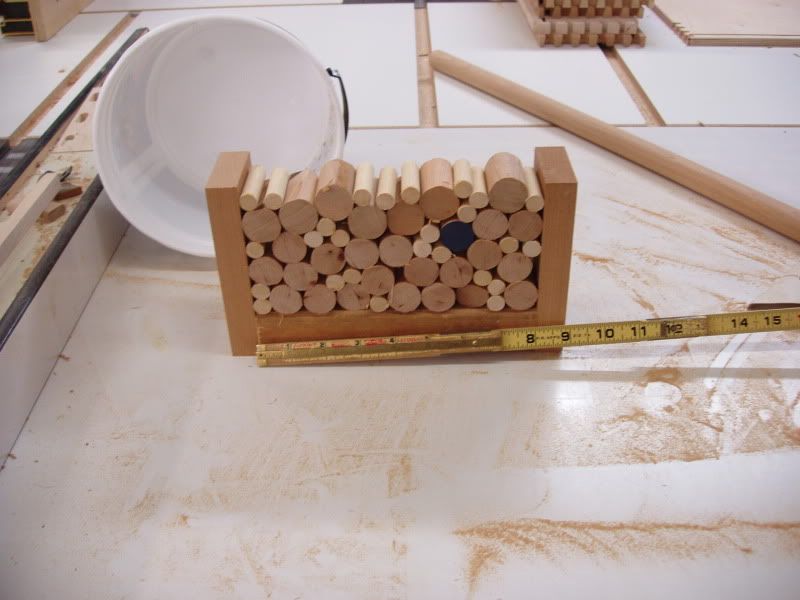
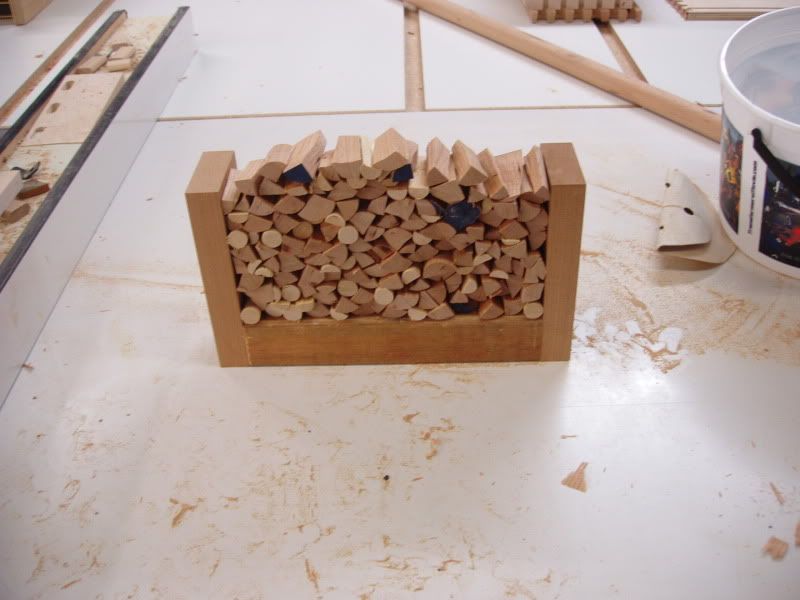

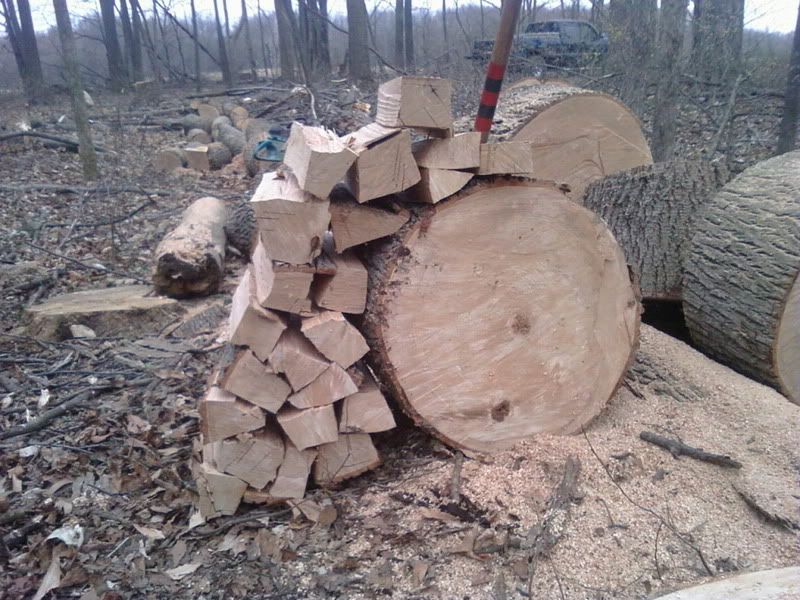

 Great effort on the lesson buuuut...If you have 2 10" rounds and you split 1 into 50 pieces,you still have the same amount of wood out of both pieces.The only differance is one will take up more room and one will burn longer.:sword:
Great effort on the lesson buuuut...If you have 2 10" rounds and you split 1 into 50 pieces,you still have the same amount of wood out of both pieces.The only differance is one will take up more room and one will burn longer.:sword: